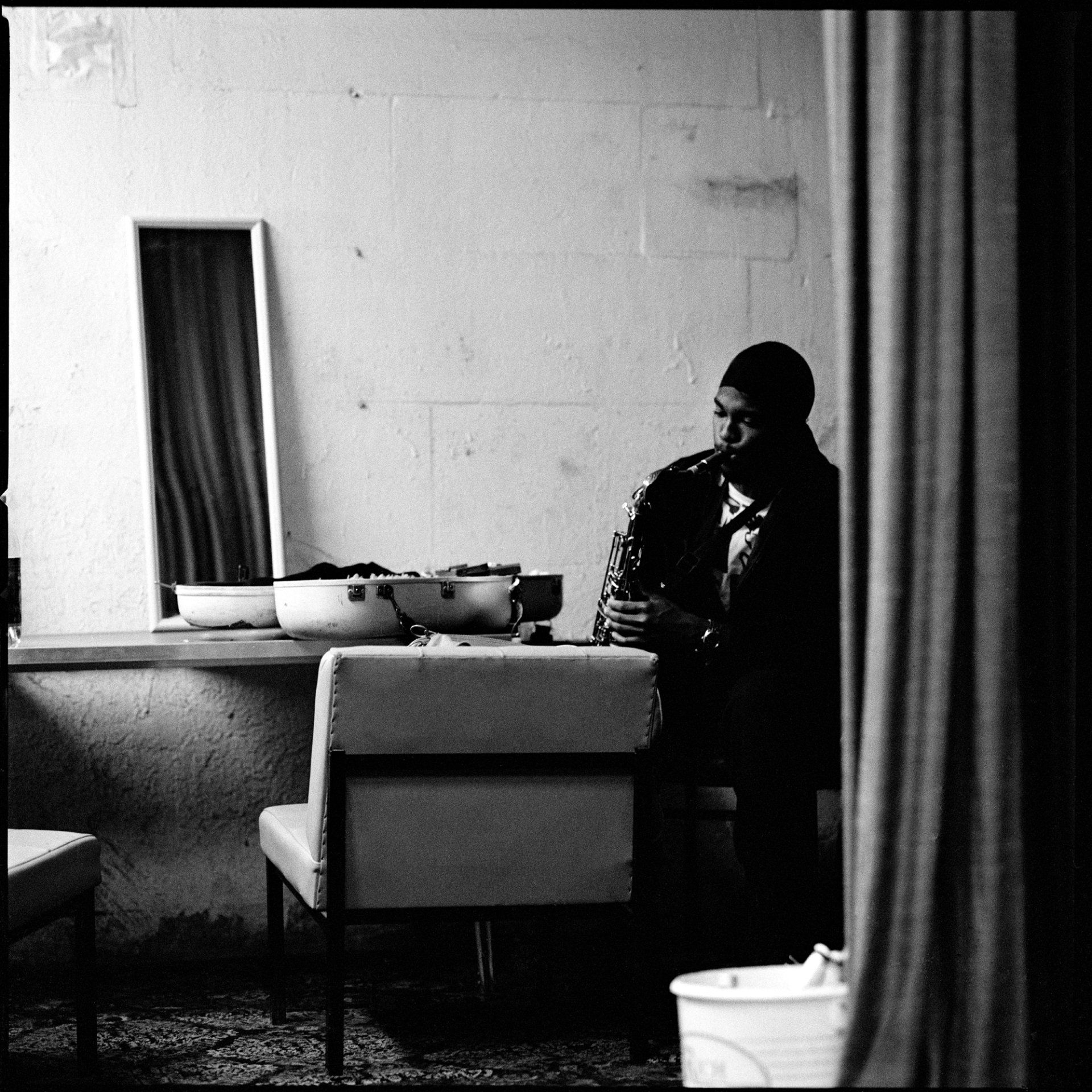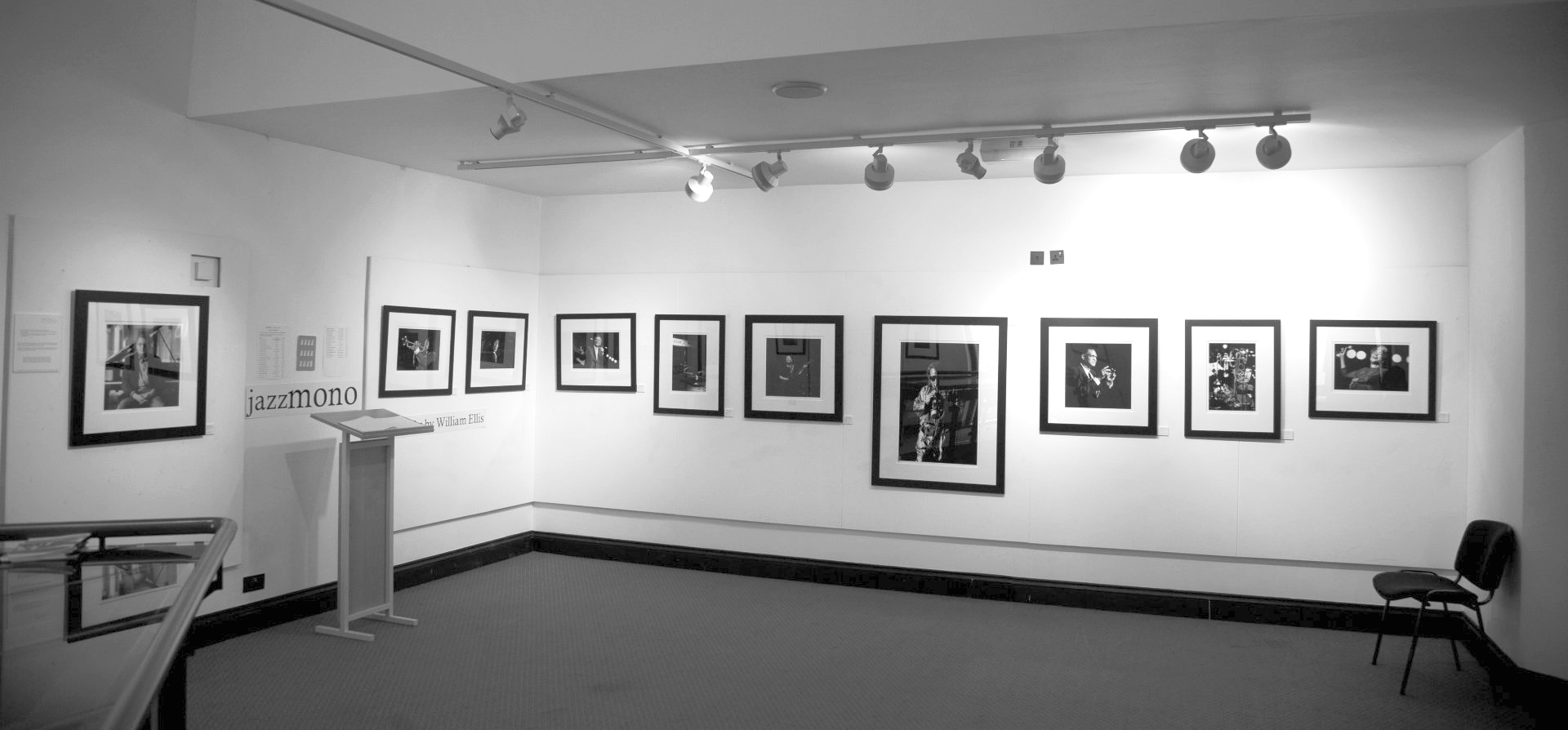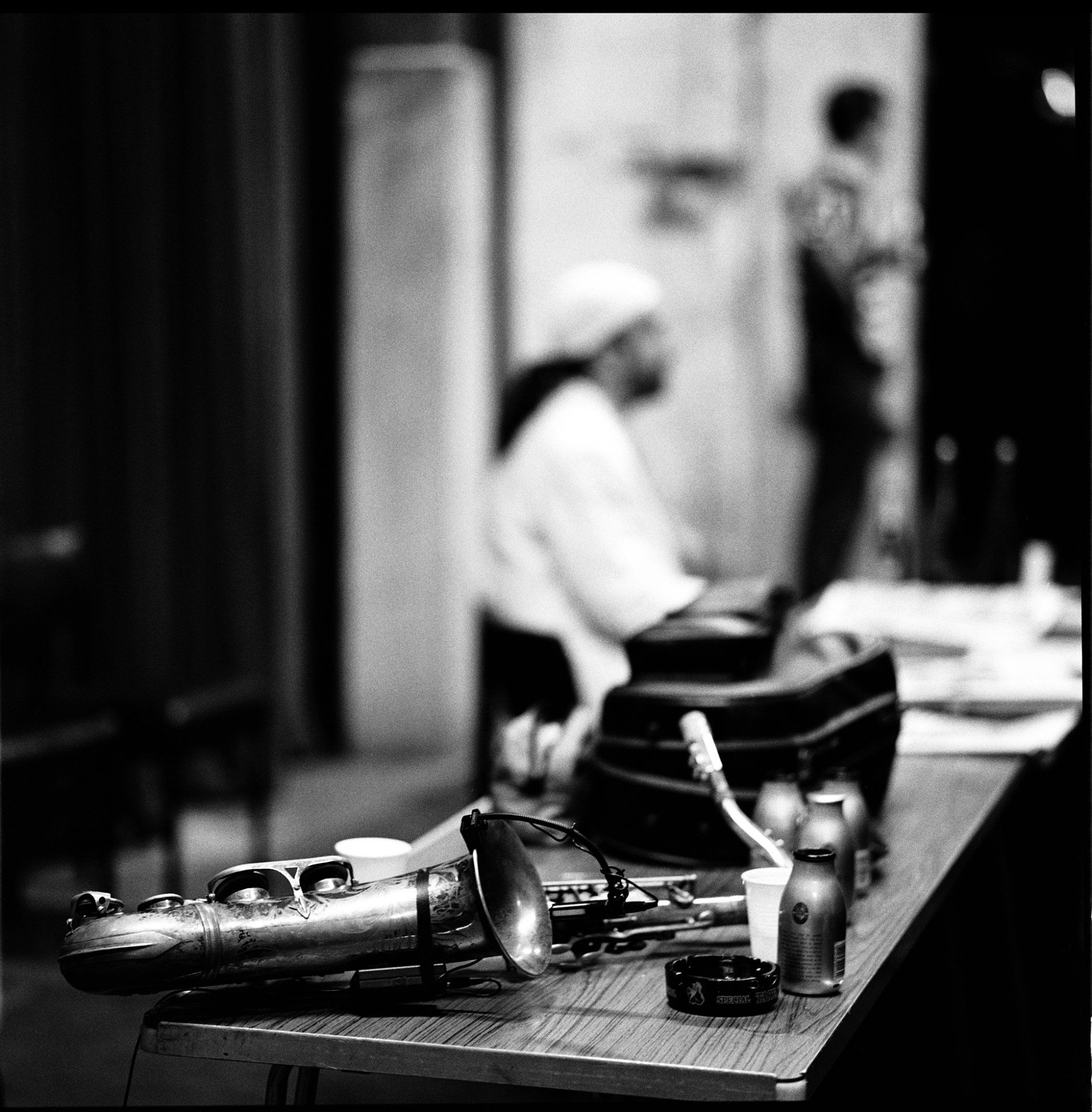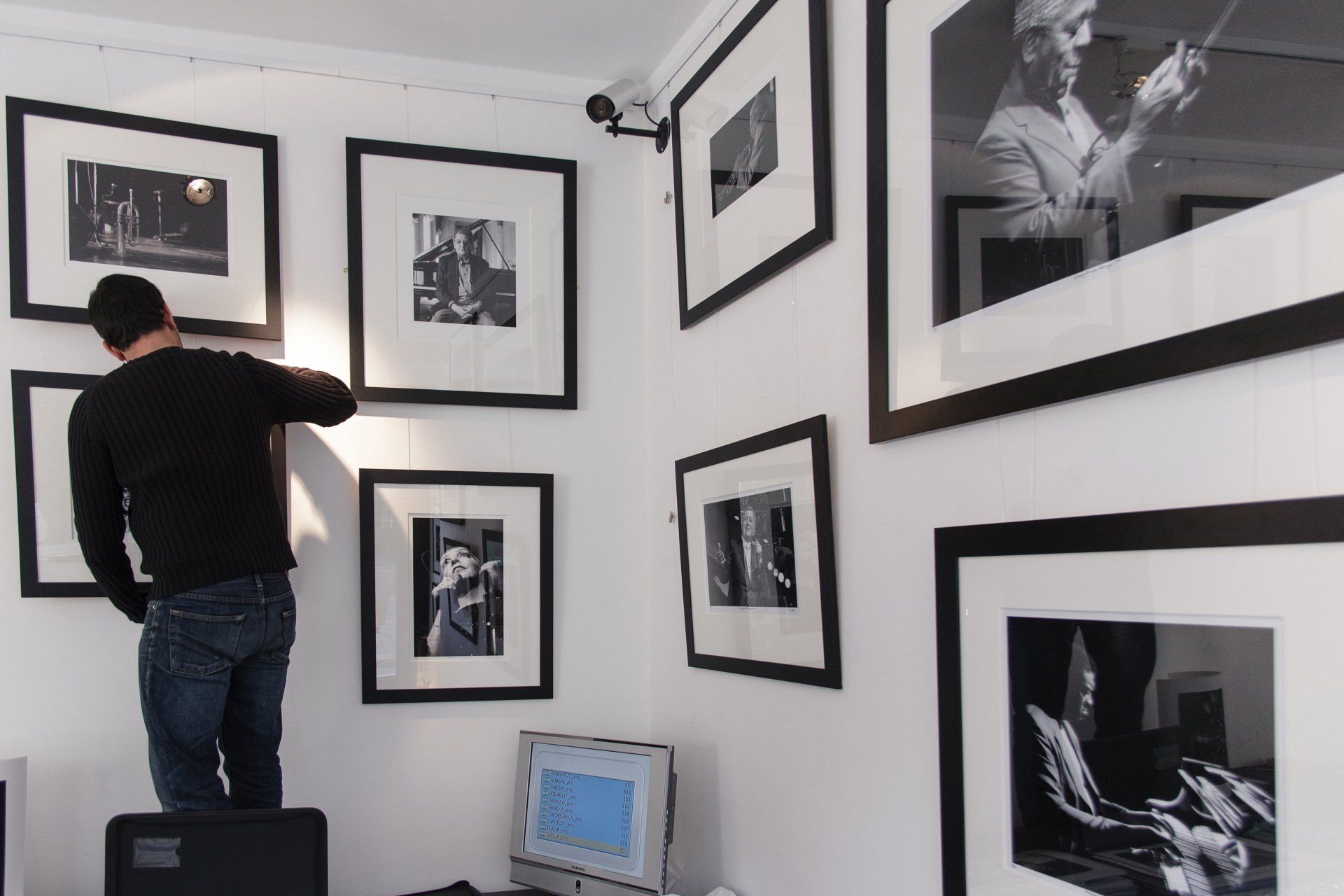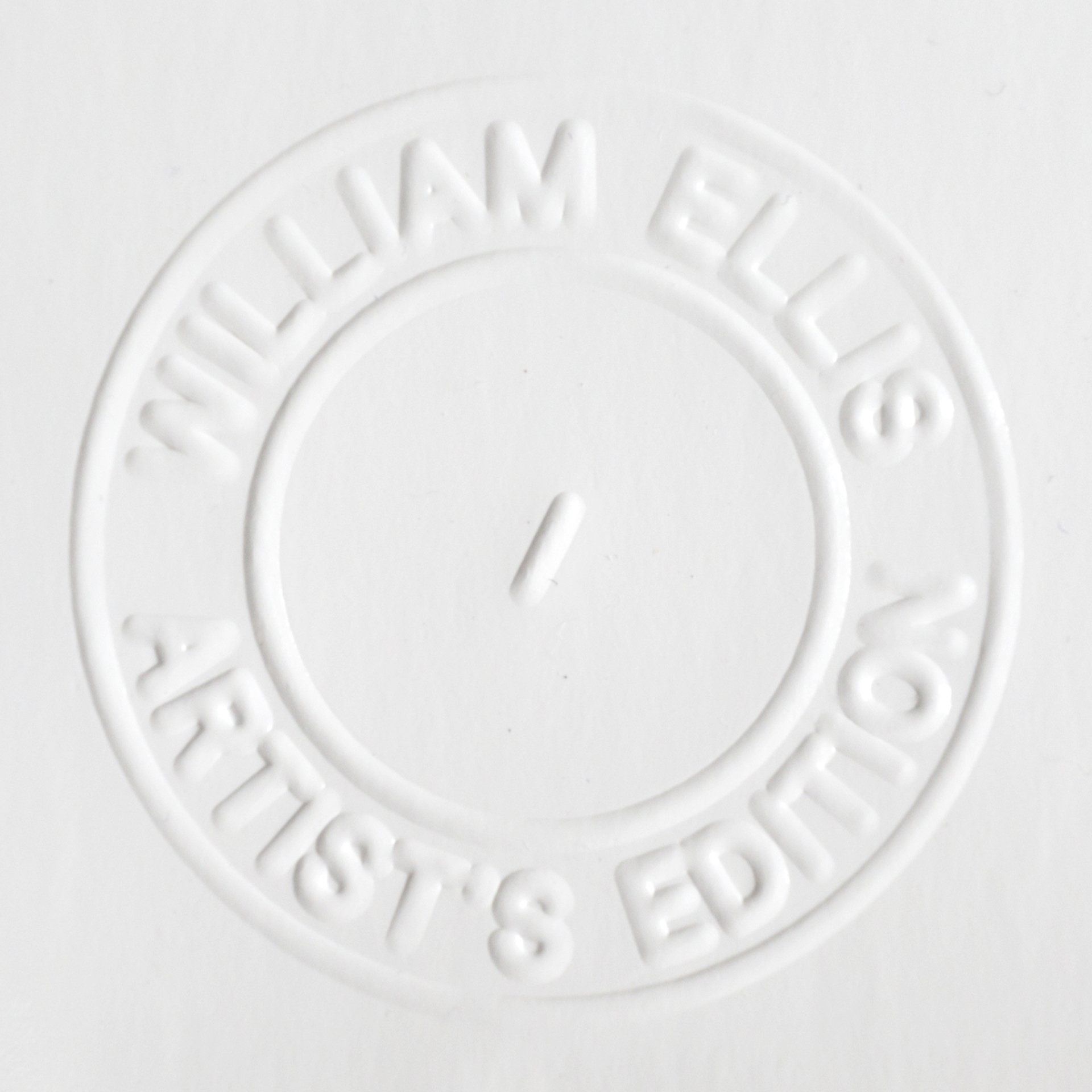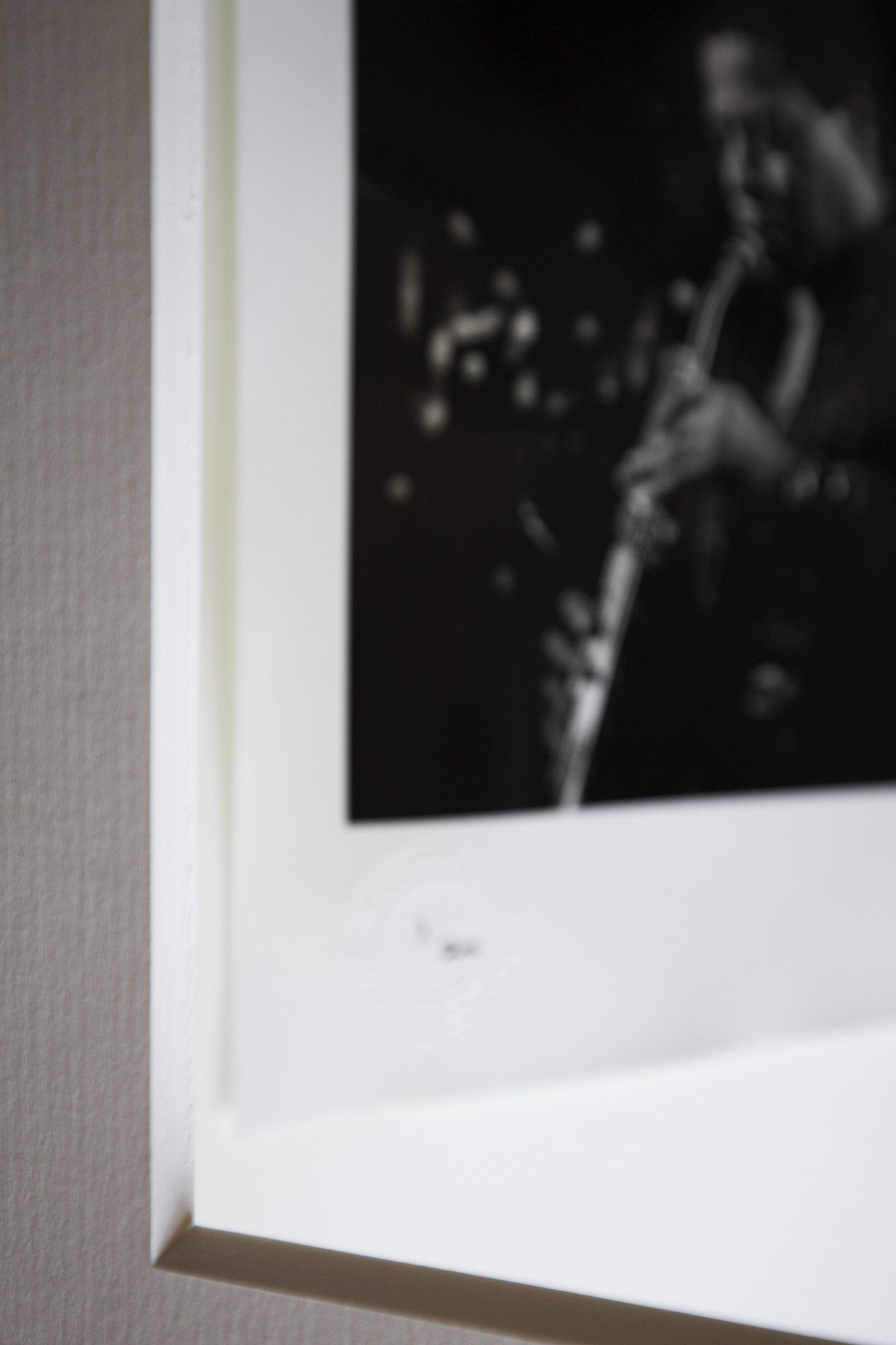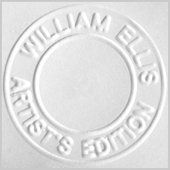T H E L I S T E N I N G R O O M
As we know the right ambience in listening rooms is an important element in hosting successful auditions.Displaying appropriate wall art that inspires and enhances the customer experience is sometimes overlooked when planning the listening environment.
There is nothing generic about the high end sound equipment and expertise you share, exclusive imagery by leading international music photographers - William Ellis.
ABOUT MOCK PROJECT:
ABOUT MOCK PROJECT:
ABOUT MOCK PROJECT:
ABOUT MOCK PROJECT:
M O N O
C H R O M E
'Silver print or gelatin silver print. Print process was introduced into general use in the 1880s.
These prints are made with silver halides suspended in a layer of gelatin on fibre based paper.'
National Portrait Gallery, London, England
SILVER GELATIN PRINTS - HANDMADE BY WILLIAM ELLIS
T H E A R T I S T' S E D I T I O N
THE NEGATIVES
THE PAPER
THE PHOTOGRAPHS
T H E A R T I S T' S E D I T I O N
P r e v i e w
The Picture | The Story
Wayne Shorter
Herbie Hancock said of him when both he and Mr Shorter were in Miles Davis' 'Second Great Quintet':
"The master writer to me, in that group, was Wayne Shorter. He still is a master. Wayne was one of the few people who brought music to Miles that didn't get changed."
This photograph was taken at a small club where I was able to get close and fill the frame using a short telephoto lens - 110/2 on a Hasselblad camera.
This lens when used at maximum aperture produces an image with very little depth of field, as you can see.
This property - along with the lighting produces an almost 3 dimensional look to the image.
This look is further enhanced when the negative is made into a silver gelatin print - no screen can reproduce the richness and depth of coal black and shimmering silvers that this type of print exhibits.
The Picture | The Story
Omara Portuondo
A R C H I V A L P I G M E N T P R I N T S
Limited Edition Archival Pigment Prints are made on heavyweight paper and in contrast with handmade silver gelatin prints are produced with the latest digital technology using state of the art wide format inkjet printers. Pigment inks are used to ensure archival properties, a full range of tones and colour coupled with a consistent rendition of both colour monochrome images throughout the edition.
The Hahnemühle FineArt paper used produces striking black and white prints with deep blacks and a tonal range which accurately portrays the original. It is acid- and lignin-free and conforms to ISO 9706 - museum quality for highest age resistance.
P r e v i e w

